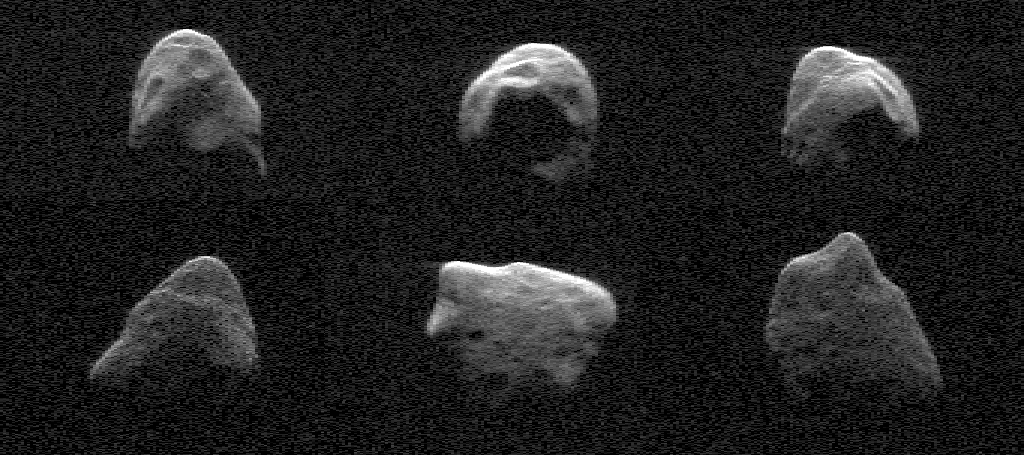
Please click here for instructions on using the data-taking system.

|
For a while (before NEAR lowered its orbit close enough to EROS), these were the highest resolution images of an asteroid ever obtained. Observations took place at Arecibo, Aug 1-9, 1999. (PI: S. Ostro, Image credit: J.L. Margot) |
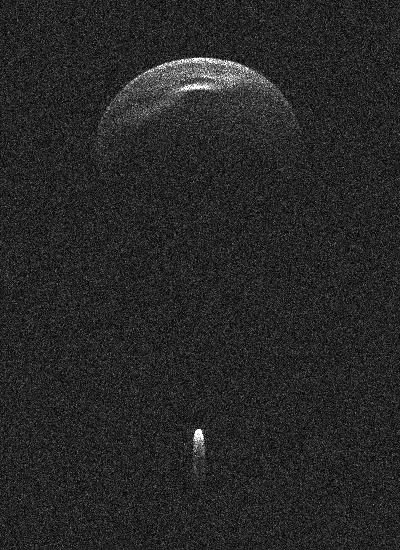
|
First radar images of an asteroid at less than 10 meter resolution. This image of a binary asteroid was obtained at Arecibo on May 27, 2001 with a resolution of 7.5 meters. (R1490 by Margot and Nolan and R1482 by Ostro et al.) |
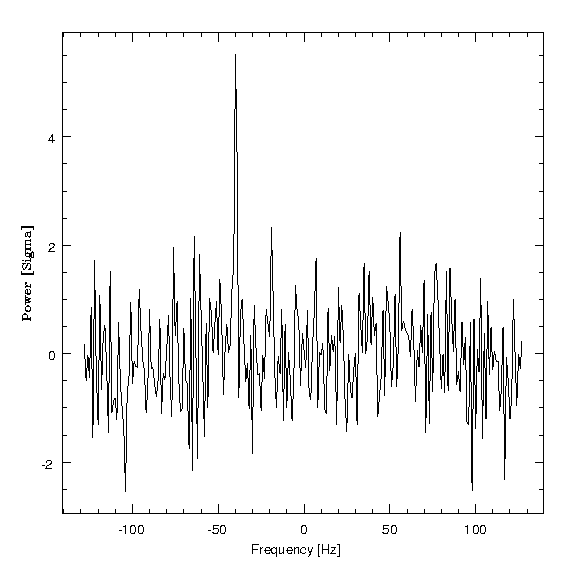
|
First radar detection of a solar system object at NASA's tracking station in Madrid, Spain. The echo from the asteroid is at the expected frequency of -40 Hz. (PI: J.L. Margot) |
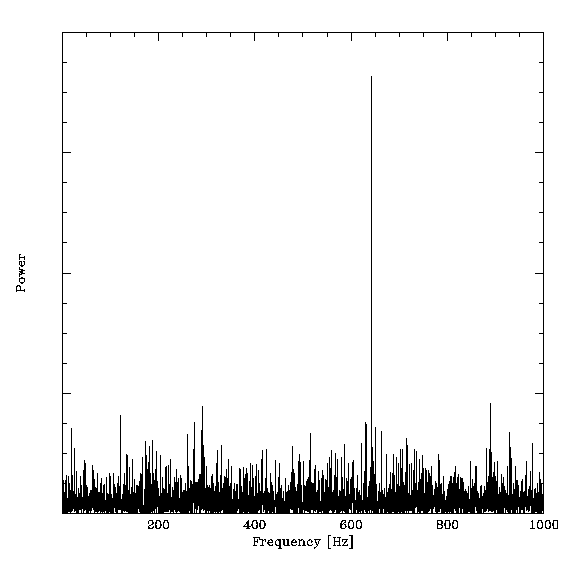
|
Timing of pulsar 1937+21 at Arecibo, showing the pulsar period at 641.9 Hz. (PI: J. Cordes) |
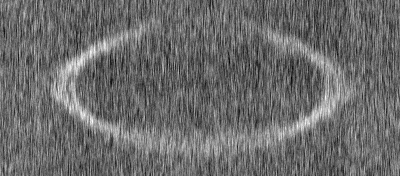
|
Saturn's rings observed with the Arecibo radar system at a wavelength of 12.6 cm. (PI: P. Nicholson) |

|
The electron component of the spectrum in incoherent scatter of radio waves by the ionosphere at an altitude of 1000 km during a geomagnetic storm. (PIs: S. Gonzalez, M. Sulzer, R. Behnke) |

|
The circular polarization ratio of the lunar south polar region. (PIs: B. Campbell) |

|
The Faraday rotation of the MESSENGER radio science signal affected by a coronal mass ejection. (PIs: E. Jensen) |
The sampling system is based on digitizers from Analog Devices, programmable logic devices from Altera, an interface card from EDT, and a fast PCI bus computer. Linux-based PCs are used to control the data-taking systems remotely. The computer clock is set with the Network Time Protocol and the data-taking start is triggered by the observatory 1 PPS. Large SCSI disks are used for data storage.
The available sampling modes are as follows:
| Channels | Quantization | Sampling rate |
|---|---|---|
| 2 | 2 | 5 - 40 MHz |
| 2 | 4 | 5 - 20 MHz |
| 2 | 8 | 5 - 10 MHz |
| 4 | 2 | 5 - 20 MHz |
| 4 | 4 | 5 - 10 MHz |
| 4 | 8 | N/A |
Many people contributed to this project: Donald Campbell and Edgar Castro provided overall support, Bill Sisk offered many hardware/design suggestions, Jeff Hagen contributed a lot of software (including a Linux driver for the EDT card), Mike Nolan and Arun Venkataraman helped with data storage considerations. Last but not least, the Arecibo electronics department put the system together: Wilfredo Rosado and Ernesto Ruiz were the main players, but I received much help from Jesus Rios and Luis Murray also.
Jean-Luc Margot, November 1999.